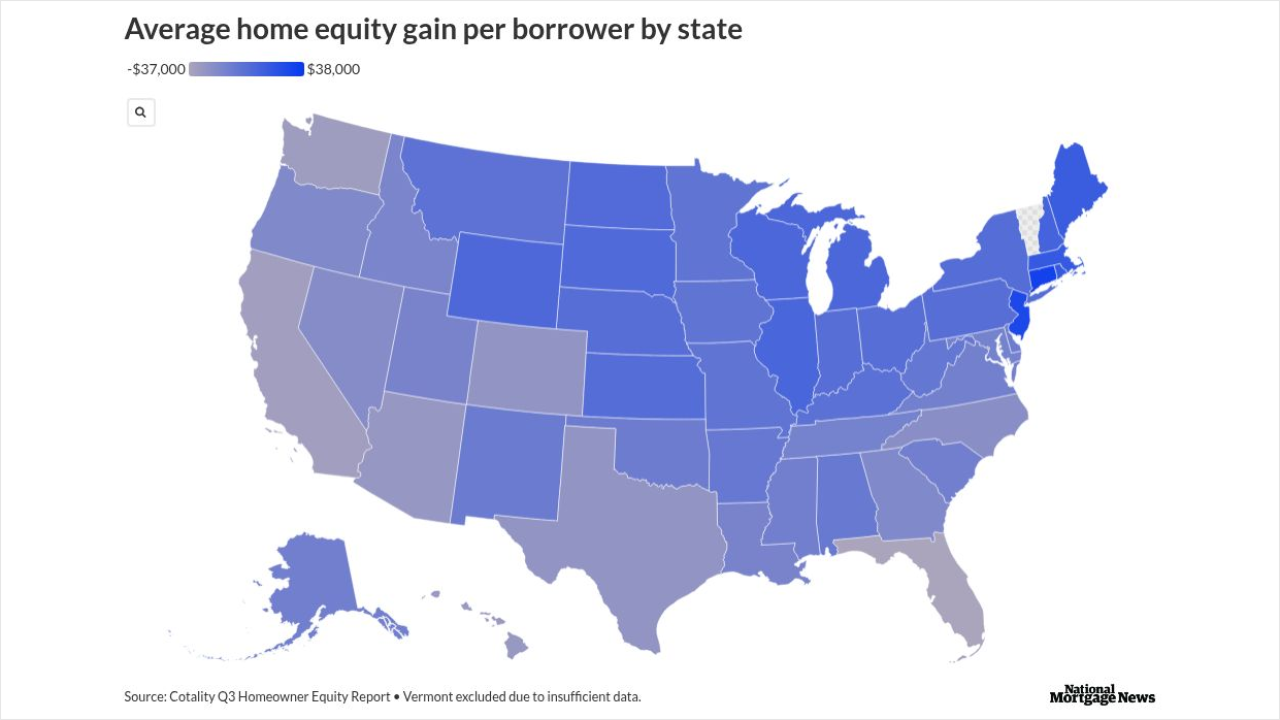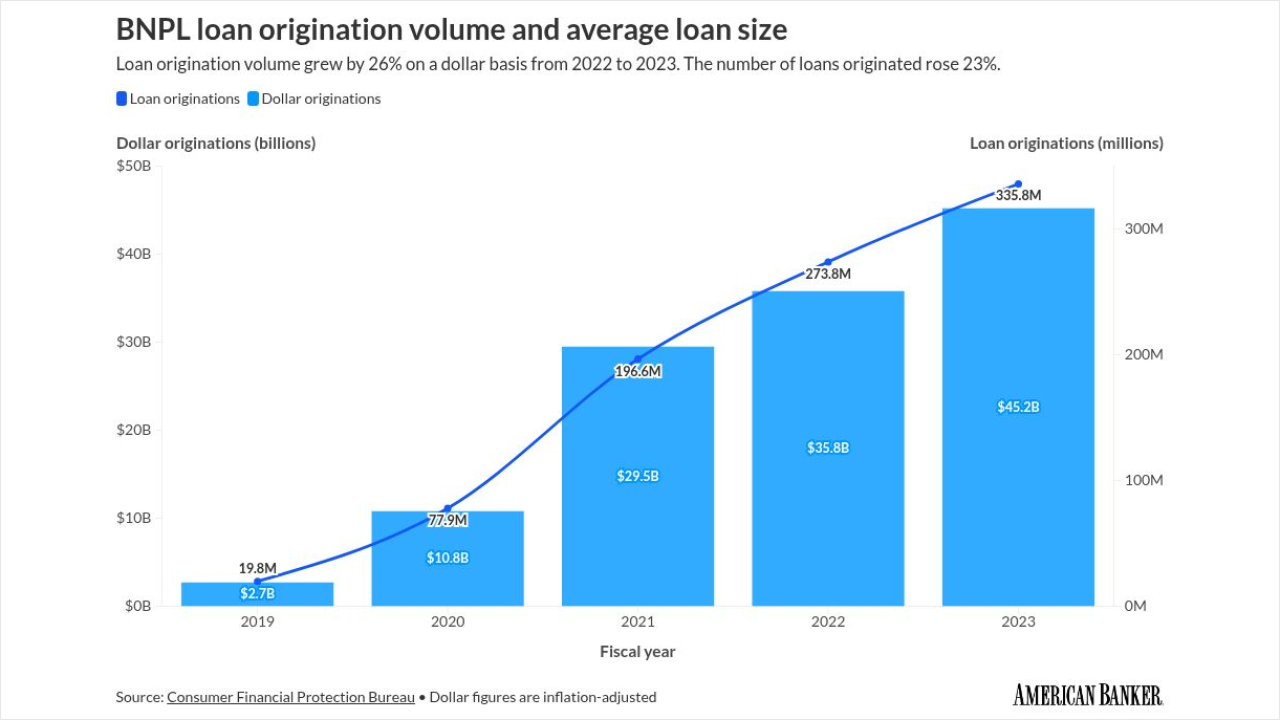The First Eagle Alternative Credit (FEAC) team has participated in the collateralized loan obligation (CLO) market under the same leadership for more than 20 years. It currently manages approximately $10 billion in CLOs backed by broadly syndicated loans (BSLs) and $2 billion in private credit CLOs, issued respectively under its Wind River and Lake Shore shelves. FEAC has completed two BSL resets and one refinancing so far this year, and it anticipates launching a CLO in the third quarter.
Last October, the firm underwent a structural reorganization that divided its portfolio management team, which previously oversaw all tradeable-credit strategies. Today, one group focuses on highly levered BSL CLOs and the other on the firm's unlevered products, including separately managed accounts (SMAs) and evergreen co-mingled funds.
"We were really able to dig into our CLOs and start transitioning the portfolios to derisk and change the portfolio composition, with the goal to preserve capital and weather what could be a storm in 2025," said Tracey Jackson, CLO portfolio manager and head of quantitative analytics at FEAC.
Jackson was hired in 2006 as an analyst associate by James Fellows and Robert Hickey, respectively FEAC's longtime president and chief investment officer through a series of ownership changes. Previously known as THL Credit Advisors, FEAC was acquired by First Eagle Investment Management in 2020, as part of the $152 billion firm's expansion into alternative credit. Jackson spoke recently to Asset Securitization Report (ASR) about current issues facing the structured finance market.
We were really able to dig into our CLOs and start transitioning the portfolios to derisk and change the portfolio composition.
ASR: What do you see as the CLO market's top risks today?
Jackson: Headline risk and uncertainties around rates, tariffs, whether we'll have a recession, an array of other issues, and the impact on the loans in our portfolios. At the same time, spreads are still very tight. We feel like we are not being appropriately rewarded for current risks in the loan market, especially when we continue to see loose documentation and LME (liability management exercise) activity. Loans rated B3 are being issued at 300 bps to 350 bps over SOFR, with minimal original issue discount.
ASR: What has that meant in practice?
Jackson: Over the last eight months we've rotated our portfolio to increase diversity and reduce the concentration of higher-risk loans. Instead of having one position that's 50 basis points we'll have two or three, so if one goes bump in the night, the impact is smaller on our highly levered CLOs. We've also reduced the portfolio allocation to lower rated loans, so instead of buying loans rated B2 and B3 we've increased our allocation to B1 and Ba3 names. We felt there wasn't enough spread in those riskier names to warrant the risk.
ASR: Have you seen measurable benefits?
Jackson: We've reduced pricing volatility in our portfolios, which have been more stable this year than historically.
ASR: What prompted the change?
Jackson: It stemmed from the structural organizational change in October, when Zoltan Donovan and myself were named the CLO portfolio managers for the Wind River Shelf. We were able to really dig into our CLOs and start transitioning the portfolios to a more diversified, higher turnover, and lower risk approach. Then Donald Trump's election in November influenced us because we believed his platform could lead to more volatility.
ASR: How has that volatility affected CLOs?
Jackson: We saw AAA tighten to the 110 bps to 115 bps range in the first quarter, and they started to widen before Liberation Day (April 20). Then after they widened significantly to around 155 basis points, but that [widening] was fairly short-lived on both the asset and liability sides. Currently, CLO AAAs are in the 130 bps area for Tier 1 AAAs, and within another week or two we expect to see them in the 125 to 128 range.
ASR: Why is that happening?
Jackson: Strong credit fundamentals and continued technical demand for AAAs. Plus, the loan market itself corrected, so loan spreads and prices returned to a more normal level, and the CLO market followed. Loan prices haven't quite gotten to the above-par level we saw in December and January, but performing, strong credits are close to par.
ASR: What has that meant for loan issuance?
Jackson: The new issue market has picked up. We haven't seen a ton of M&A, but new issues are oversubscribed, and secondary market loans are breaking well. So, based on our observations, it feels like demand for the paper continues, and we expect CLOs to keep buying.
ASR: Nevertheless, loan issuance volume fell by more than 50% in March and April, and it nudged higher in May, according to LSEG. What caused that dip?
Jackson: There was massive refinancing in January and February. That slowed when spreads widened and prices fell. But now the market is creeping back toward par, so the refinancing wave could potentially pick up again, and we expect that would probably be the bulk of the supply we see in June and July. Fairly high rates still make it hard for equity sponsors to issue new loans, and they're not receiving a lot of capital this year from existing investments to reinvest. So we think M&A may not really kick in until 2026.
ASR: What's driving the high, secondary market volume?
Jackson: Mutual fund redemptions have less impact than before, but they're still a factor. And CLO managers are looking to rotate and refresh their portfolios. A lot of managers, including us, actively turn over their CLO portfolios to make sure position sizes are appropriate, make some trading gains, and now and again exit before a loan's performance falters.
ASR: What if loan issuance remains low for an extended period?
Jackson: We'll have the "haves and have-nots" of loans. If a loan is performing on budget or exceeding management's expectations, there will be demand for it around par or even above par. Given the demand we've seen, the refinancing wave could continue. But there's a floor on the spreads CLO managers can accept, because they have to pay income to investors. We've been getting close to that floor, but we expect there will continue to be trading around par, if not slightly above.
ASR: And what about the have-nots?
Jackson: CLOs and other loan managers reduce their positions in a loan very quickly if a loan issuer underperforms or revises guidance down. That has to do with LMEs—CLOs are two thirds of the loan market but aren't built well to weather a lot of LME restructurings or downgrades. So we're seeing managers get out faster when they smell trouble.
ASR: Are LMEs continuing this year?
Jackson: They continue to be an option for loan issuers to turn around their businesses without a full bankruptcy. But rather than one group of lenders getting special treatment and nothing for the other lenders, now all the groups are involved [in the restructuring]. The economic advantages may differ still, but it's a more collaborative environment.
ASR: Why are LMEs less aggressive than last year?
Jackson: As a fairly large manager ourselves, we're able to get in the lender steering groups more often than not. But the probability that a CLO is always among the top 10 holders of a loan is very low, and at some point it may find itself outside the steering group. I think there's a recognition that what is best for the loan structure and loan market overall is to work collaboratively, to bring to the table something everybody can digest to move forward. Proof of LMEs' value is still being worked out, and it will take another couple of years to see the benefit of LMEs compared to a full bankruptcy filing and restructuring.






